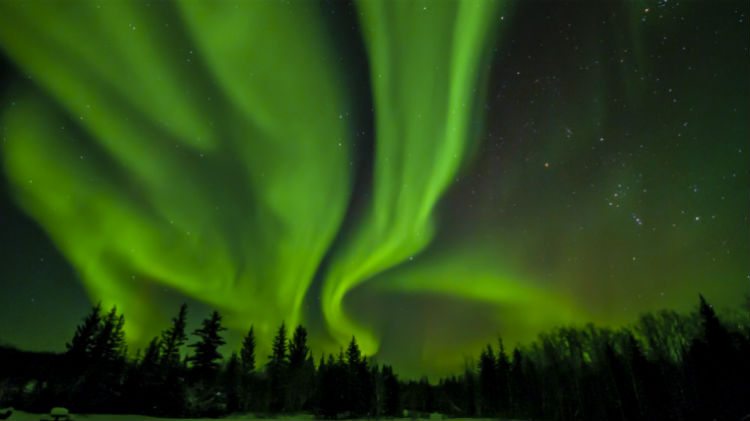After several months of being closed down due to the wildfires, several areas of the Wood Buffalo National Park have recently been able to reopen.
While much of the fire is now dormant, recently burned forests should be avoided because of multiple hazards including ash pits and danger trees. Danger trees are those with burnt root systems, or trees that are partially burnt and can fall easily without warning regardless of wind conditions. Despite significant snowfall in the Fort Smith area, ash pits continue to pose a risk to land users.
Guests are advised to keep away from any road or area that remains under a closure order. Ash pits also dot the area, and can still be a risk to park guests, even in the winter. Ash pits are holes in the ground filled with ash and embers. It is important to understand that given the extreme drought codes seen in the Fort Smith area, certain areas of the fire are continuing to smoke and smoulder underground. The previous drought record reached in the Fort Smith area was 840. A drought code over 300 is considered extreme, and this year the drought code sat around 1,200 for many months.
As a result, the fire has burned deep in the ground and is expected to ‘hold over’ throughout the winter months in some areas. The fire is burning under the peat moss, which acts as a thermal blanket and keeps heat in these pits. Some ash pits have the potential to be deeper than 3-feet and could still cause significant burn injuries.
The areas of the park that are now open include the Hay Camp Road, and the Salt River Day Use Area. All hiking trails within the park, as well as the Parsons Lake Road, Salt Plains Road, and Kettle Point Road remain closed. Any kind of backcountry camping is also prohibited at this time.





